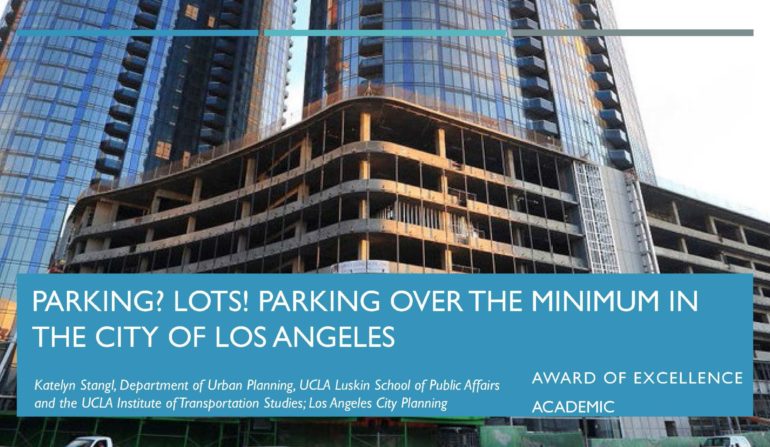Mayoral Executive Directive Signed at El Pueblo de Los Ángeles Historical Monument Advances Sustainable Development Goals
Event Summary
On July 11, an executive directive was signed by Mayor Karen Bass at the El Pueblo de Los Ángeles Historical Monument. The event, attended by UCLA Luskin Master of Urban and Regional Planning alumnus Edgar Garcia (’06), marks a significant action in municipal governance and urban policy, directly impacting local sustainability efforts.
Fostering Sustainable Cities and Communities (SDG 11)
The signing of the directive at this specific location underscores a profound commitment to SDG 11, which aims to make cities and human settlements inclusive, safe, resilient, and sustainable.
- Target 11.4: Safeguarding Cultural Heritage: By choosing El Pueblo de Los Ángeles, a site of immense cultural and historical value, the administration highlights its dedication to strengthening efforts to protect and preserve the world’s cultural heritage as a cornerstone of a sustainable urban environment.
- Target 11.3: Inclusive and Sustainable Urbanization: The involvement of an urban planning professional like Mr. Garcia signifies an approach rooted in participatory, integrated, and sustainable human settlement planning and management. This action aligns with the goal of enhancing capacity for sustainable urbanization.
Enhancing Institutional Efficacy and Partnerships (SDG 16 & SDG 17)
This initiative also reflects progress toward other key Sustainable Development Goals related to governance and collaboration.
- SDG 16: Peace, Justice, and Strong Institutions: The issuance of an executive directive is an exercise in developing effective, accountable, and transparent institutions at the local level. It represents a formal mechanism for responsive and representative decision-making.
- SDG 17: Partnerships for the Goals: The collaboration between the Mayor’s office and an alumnus from a leading public affairs school exemplifies a multi-stakeholder partnership. Such public-civil society cooperation is critical for mobilizing resources and expertise to achieve the comprehensive 2030 Agenda for Sustainable Development.
1. Which SDGs are addressed or connected to the issues highlighted in the article?
-
SDG 11: Sustainable Cities and Communities
The article discusses an event at “El Pueblo de Los Ángeles Historical Monument,” a significant cultural site within the city of Los Angeles. This directly relates to SDG 11, which aims to make cities and human settlements inclusive, safe, resilient, and sustainable, including the preservation of cultural heritage.
2. What specific targets under those SDGs can be identified based on the article’s content?
-
Target 11.4: Strengthen efforts to protect and safeguard the world’s cultural and natural heritage.
The article mentions that the Mayor of Los Angeles signed a “new executive directive” at a historical monument. This action by a city official represents a formal effort to protect and safeguard a specific site of cultural heritage, which is the core objective of Target 11.4.
3. Are there any indicators mentioned or implied in the article that can be used to measure progress towards the identified targets?
-
Indicator 11.4.1: Total expenditure (public and private) per capita spent on the preservation, protection and conservation of all cultural and natural heritage, by type of heritage (cultural, natural, mixed and World Heritage Centre designation), level of government (national, regional and local/municipal), type of expenditure (operating expenditure/investment) and type of private funding (donations in kind, private non-profit sector and sponsorship).
This indicator is implied in the article. The signing of an “executive directive” by the mayor is a formal government action that typically precedes or authorizes the allocation of public resources and funds. Therefore, the directive implies a commitment of expenditure at the local/municipal level for the preservation of this cultural heritage site, which is what Indicator 11.4.1 measures.
4. Create a table with three columns titled ‘SDGs, Targets and Indicators” to present the findings from analyzing the article. In this table, list the Sustainable Development Goals (SDGs), their corresponding targets, and the specific indicators identified in the article.
| SDGs | Targets | Indicators |
|---|---|---|
| SDG 11: Sustainable Cities and Communities | Target 11.4: Strengthen efforts to protect and safeguard the world’s cultural and natural heritage. | Indicator 11.4.1: Total expenditure (public and private) per capita spent on the preservation, protection and conservation of all cultural and natural heritage (Implied). |
Source: luskin.ucla.edu







